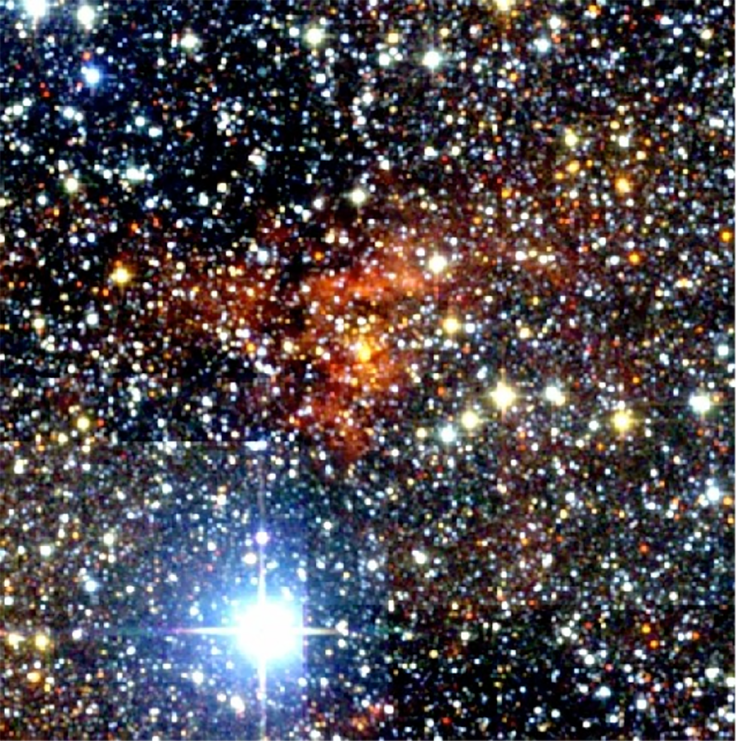Star Formation: Astronomers Observe Collapsing Protostars Using Instruments On Board NASA’s SOFIA

The formation of massive stars is still a phenomenon that is little understood, in no small measure because these bodies lead a short and violent life. Their short life span and the relatively fast pace of collapse of interstellar clouds that eventually form these stars makes observing this collapse a rare and informative treat.
“Detecting infall in protostars is very difficult to observe, but is critical to confirm our overall understanding of star formation,” Erick Young, the science mission operations director at NASA’s Stratospheric Observatory for Infrared Astronomy (SOFIA), which was successfully used to capture the collapse of portions of six interstellar clouds on their way to becoming new stars, said in a statement released Tuesday.
SOFIA — a joint project of NASA and the German Aerospace Center — is the world’s largest airborne observatory. Its main observational apparatus — a German-built far-infrared telescope with an effective diameter of 100 inches — is carried on board a modified Boeing 747SP jetliner that cruises at an altitude of between 39,000 to 45,000 feet.
SOFIA is operational for several weeks a year from Christchurch, New Zealand, during the Southern Hemisphere’s winter months, when the long nights and absence of infrared-blocking water vapor creates prime observing conditions.
This particular observation was made using the observatory’s German Receiver for Astronomy at Terahertz Frequencies (GREAT) instrument, which scientists used to look for developmental stages in nine embryonic stars — or protostars.
Of the nine objects, six were found to be actively collapsing. One of the regions where collapsing cloud clumps were detected is W43 — a star-forming region located 20,000 light-years from Earth in the direction of the constellation Aquila.
Before this, less than a dozen protostars have been directly observed during this infalling stage.
“With the Southern Hemisphere deployments of SOFIA, the full inner Milky Way comes into reach for star formation studies. This is crucial for observations of the earliest phases of high-mass star formation, since this is a relatively rapid and rare event,” Friedrich Wyrowski, an astronomer at the Max Planck Institute for Radio Astronomy in Bonn, Germany, said in the statement.
© Copyright IBTimes 2025. All rights reserved.






















